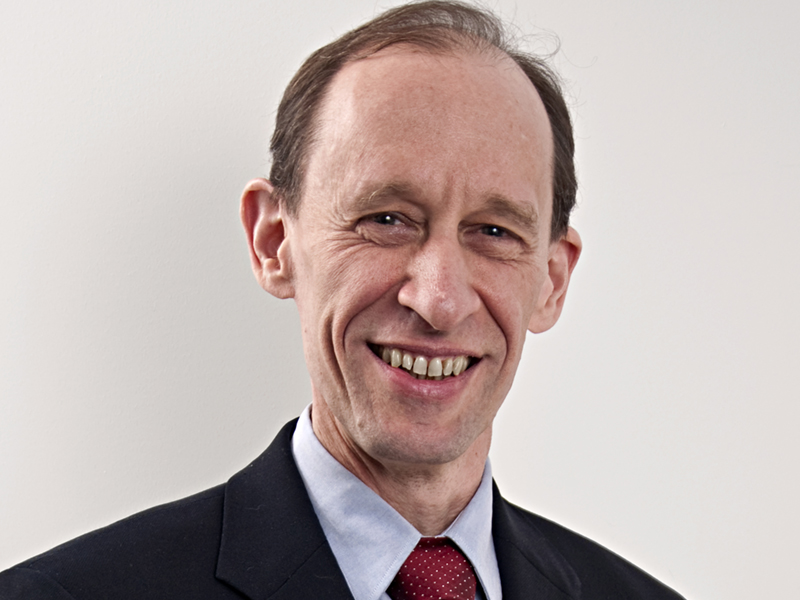Unfinished Business
I must have been nine or 10 when my mom told me the old joke about New York City: It would be a nice place if they ever finished it.
By Paul Rosta, Executive Editor

Executive Editor Paul Rosta
I must have been nine or 10 when my mom told me the old joke about New York City: It would be a nice place if they ever finished it. That ancient one-liner came to mind while we were putting together CPE’s annual special issue on sustainability.
Since shifting into high gear following the Great Recession, environmentally conscientious practices in commercial real estate have made remarkable progress. But what will happen to that commitment when the industry inevitably hits its next slowdown?
It’s a complex issue, to say the least. In one corner are signs of continuing progress and innovation. Last fall, the U.S. Department of Energy teamed up with the National League of Cities on an initiative to develop entire zero-net energy districts. As Gail Kalinoski’s report on finance notes, capital from utilities for multifamily upgrades in the 51 largest markets nearly tripled from 2013 to 2015.
Of course, I could cite dozens more examples, but even more persuasive is the evidence that the industry’s very structure has taken on a permanent green hue. Though variations remain, conservation measures are now the gold standard for development and operations. Investors, developers and advisory firms hire professionals dedicated to sustainable issues. Professional organizations provide training, research and advocacy. Most important, commercial real estate’s future leaders are the young professionals who are growing up in the industry as it embraces sustainability.
“Sustainabililty is a process, rather than merely a goal. “
By many indications, then, green practices are now so embedded that they should be largely impervious to market cycles. All very encouraging, yet this is no time for the industry to rest on its laurels. Addressing some of today’s most pressing issues will take years. As Amanda Marsh points out in her report on the challenges of going green, existing Class B properties fall far short of their newer Class A counterparts. Much more capital is needed for upgrades. And while benchmarking is taking hold, owners and managers need more opportunities to compare performance of their properties.
Even though commercial real estate’s sustainability movement is built to last, we can draw a valuable insight from that hoary wisecrack I first heard at the family dinner table. Sustainability is a process, rather than merely a goal, and like building the skyline of a great city, the job of attaining it will never be quite complete.
Originally appearing in the April 2017 issue of CPE.








You must be logged in to post a comment.